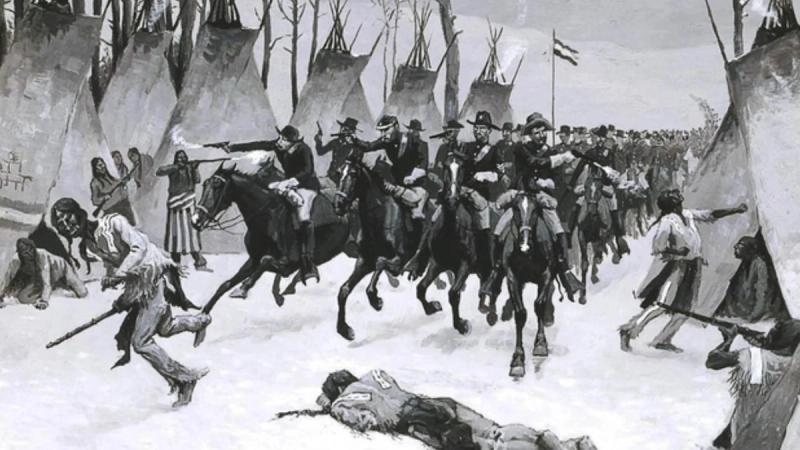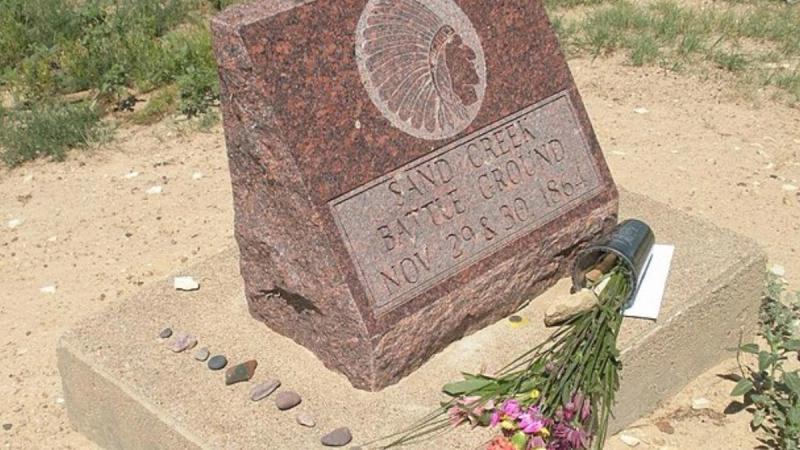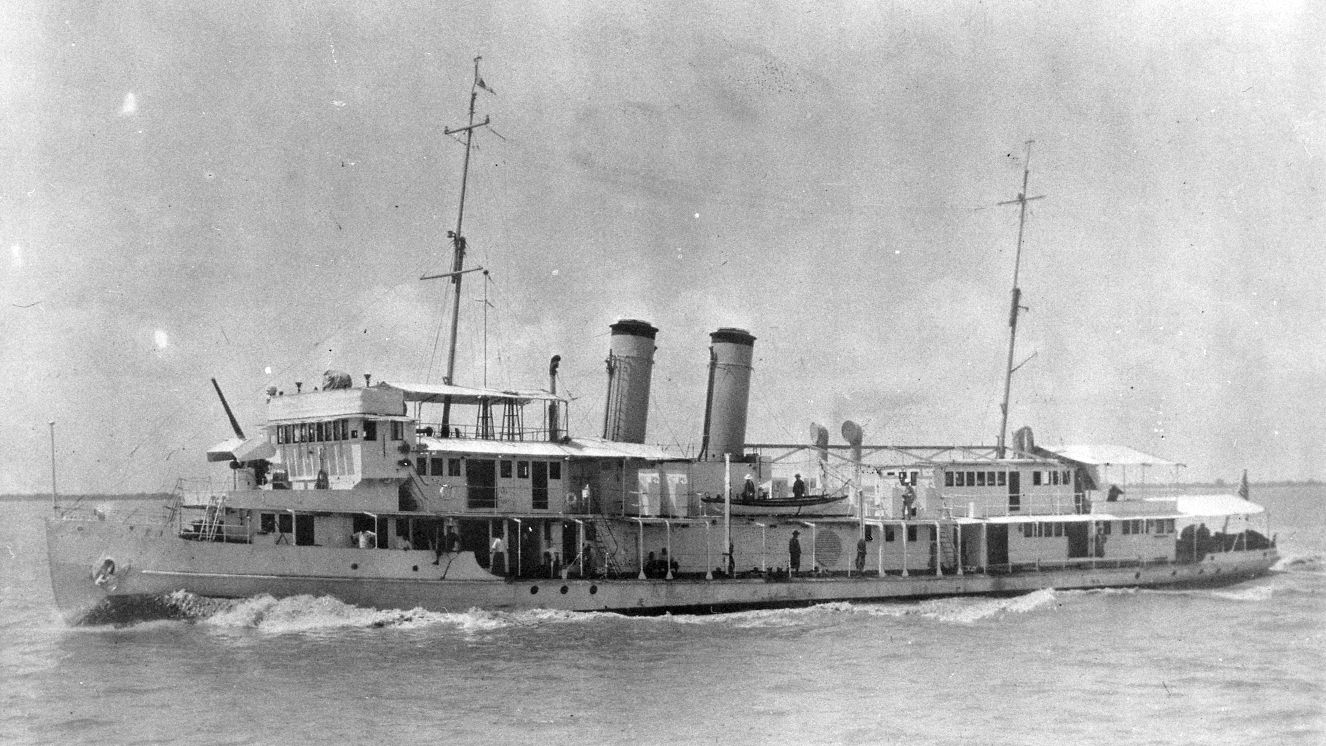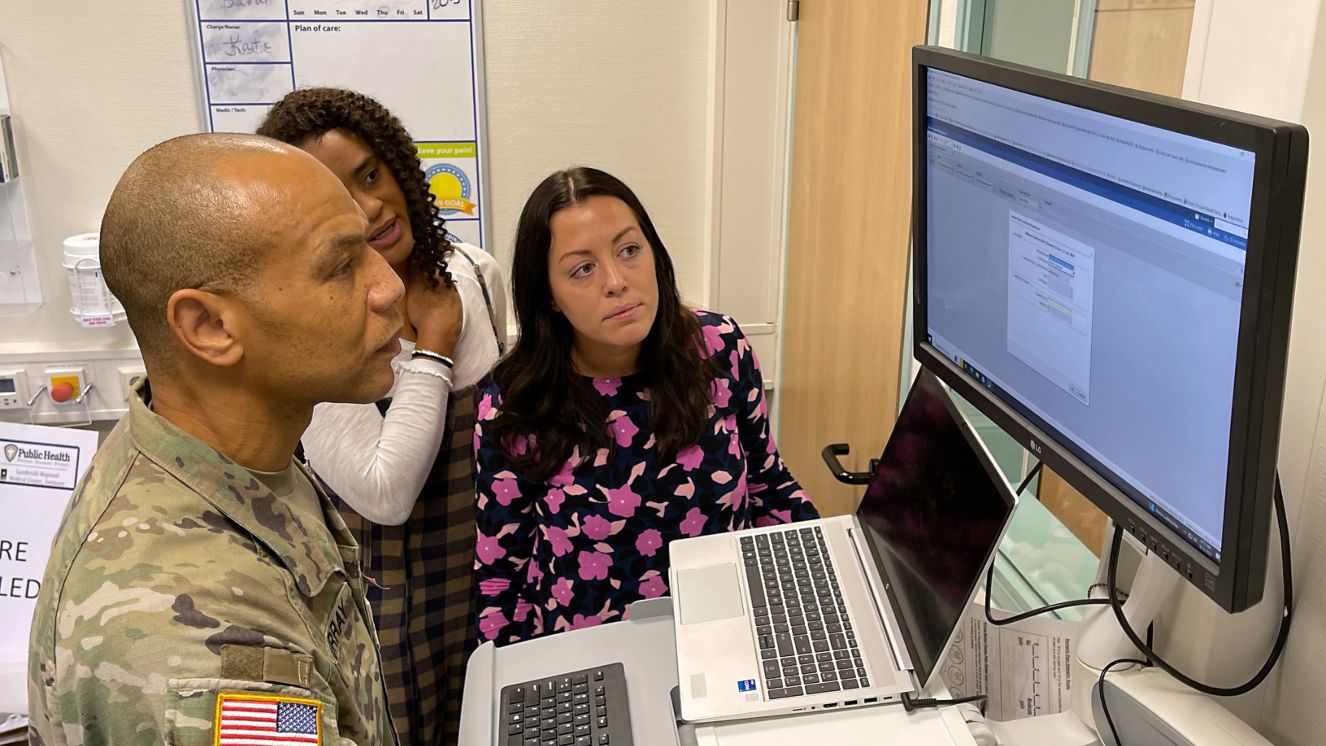SAND CREEK MASSACRE: 160-YEAR FIGHT FOR JUSTICE CONTINUES

In the 1860s, American Soldiers ruthlessly killed up to 200 Arapaho and Cheyenne people. Women, children, and the elderly made up the majority of those killed. After the tragic massacre, Chivington and his Soldiers sent body parts to Denver as trophies. This event was added to the long and dark history of Thanksgiving in America.
About 700 troops were ordered by Chivington to attack the tent camp where the Arapaho and Cheyenne people were resting. Native Americans were pushed off Colorado's Eastern Plains and Front Range by this sudden attack. After 160 years, descendants of the Arapaho and Cheyenne people continue to question why they haven't received their ancestral lands back and why justice hasn't been served.
Sand Creek Massacre 1864: Aftermath and Impact
The U.S. government made a number of promises that have never been followed through to the Sand Creek massacre survivors and their descendants. The Little Arkansas Treaty was ratified by the U.S. government in October 1865, almost a year after the massacre.
The treaty provided land, supplies, and compensation to the survivors and the descendants of those killed in the massacre. It firmly stated the “condemnation of and as far as many be repudiated the gross and wanton outrages perpetrated against certain bands of Cheyenne and Arapaho Indians" on November 29.
However, the commitments made in the pact were revoked almost immediately. Two years later, in a different treaty, the Cheyenne and Arapaho were guaranteed smaller areas with no mention of compensation for the victims' descendants.
Descendants connected to the atrocity are still battling for what they were promised 160 years after the massacre. Lawyers and descendants assert that the U.S. government has yet to disburse payments to them. Despite the lack of funding, the U.S. government has gradually started to publicly acknowledge the murders.
The Sand Creek Massacre National Historic Site was also established in 2000 to officially recognize the massacre that was carried out by Chivington and his troops. John Hickenlooper, Colorado’s Governor in 2014, issued a formal apology to the Cheyenne and Arapaho people on behalf of the state for the tragedy.
However, descendants, tribal attorneys, and National Park employees are not aware of any official apology from the Army or Department of Defense. The descendants are currently embroiled in a legal dispute over an unfulfilled treaty that promised compensation to survivors of the slaughter.

Cheyenne and Arapaho Tribes: Unfulfilled Promises and Ongoing Struggle
Congress has not been able to obtain the funds that were promised in the Treaty of the Little Arkansas. A class-action lawsuit brought by the Sand Creek Massacre Descendants Trust in 2013 was eventually dismissed. Attorneys working with the descendants were unsuccessful in petitioning the Supreme Court to hear their case in 2016.
The lawyers working on the case are still considering additional ways to obtain what they believe those family members are entitled to. Attorney Darry Derryberry is one of the key persons representing the descendants in the lawsuit. His father also represented the victims during his time, and this inspired Derryberry to continue his legacy and get them the justice they deserve.

Healing Initiatives for Sand Creek Massacre Descendants
In 2022, Hickenlooper, together with Colorado Senator Michael Bennet, held a ceremony to commemorate the events in 1864. They revealed the additional funding and 3,500 additional acres of land given back to the people of Cheyenne and Arapaho. Deb Haaland, the first Native American to hold a position in a presidential cabinet, also joined them at the ceremony.
Since 1999, approximately 200 descendants of Cheyenne and Arapaho people have congregated at the historic site each November to participate in a relay. As they consider the horrors that happened to their ancestors over a century ago, participants trace the path the Soldiers took on their way back to Denver following the slaughter.
Tribal people celebrate their historical roots by performing prayers and tributes when they arrive at the building. This event, known as the Spiritual Healing Run, was a crucial component of the programming at the Sand Creek Massacre Historic Site.
These minor achievements are already helpful for the victims of the massacre as they get more recognition. Many descendants remain optimistic because they are finally getting public support from key political figures. They continue to hope that this generation will finally get the reparations they’ve been waiting for years.
Read next:
- Navajo Code Talkers Day: The Native American Heroes
- Code Talkers: The Native American Secret Weapons of WW2
- Why Are Army Helicopters Named After Native American Tribes
Sources:
- 160 Years Later, Descendants of Army's Sand Creek Massacre Still Wait for Justice
- More Than 150 years After the Sand Creek Massacre, Descendants Want More Authority on the Colorado Lands that Tribes Called Home
- Young Sand Creek and Amache Descendants Explore the Shared History
- Governmental Action on Sand Creek in Recent Years
BY ALLISON KIRSCHBAUM
Veteran, Military History & Culture Writer at VeteranLife
Navy Veteran
Allison Kirschbaum is a Navy Veteran and an experienced historian. She has seven years of experience creating compelling digital content across diverse industries, including Military, Defense, History, SaaS, MarTech, FinTech, financial services, insurance, and manufacturing. She brings this expertis...
Credentials
Expertise
Allison Kirschbaum is a Navy Veteran and an experienced historian. She has seven years of experience creating compelling digital content across diverse industries, including Military, Defense, History, SaaS, MarTech, FinTech, financial services, insurance, and manufacturing. She brings this expertis...



